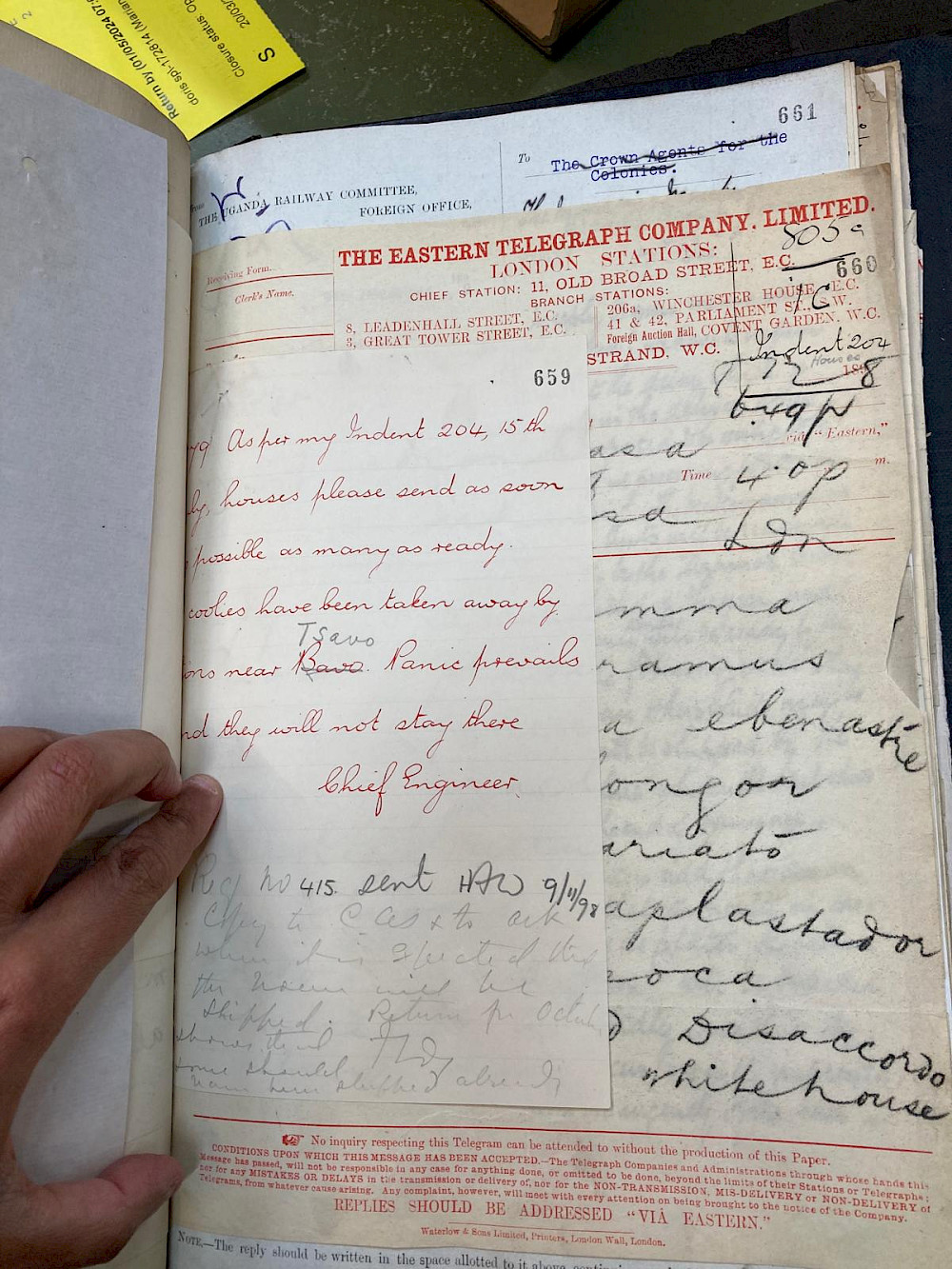Labour
In this section, we try to unpack two aspects of labour in this story. Firstly, what was the labour which was invested in the afterlives of the lions? Initially the lions were transformed from dead animals and produced into rug trophies by the famous London taxidermy firm Rowland Ward, at the end of the nineteenth century. Then, over twenty years later when the lions were bought by the Field Museum, the in-house taxidermist Julius Friesser produced another “miraculous” transformation, changing the trophy rugs into mounted museum specimens which were then placed in a diorama. Furthermore, what kind of labour is needed to maintain the skins in the museum infrastructure and continues to be invested in the production of scientific data and knowledge?
Secondly, we are interested in the labour which was needed to construct the Uganda Railway, specifically the import and organization of Indian indentured labourers. Thousands of individuals were brought to the East African coast under “indentureship” fixed term, poorly-paid contracts which were set up in the British colonies after the abolition of slavery in 1833. How did the lions’ incident impact these workers and what were the consequences for future Indian working conditions that this incident was going to have?*
*We are indebted to our colleague Dr Taushif Kara (King’s College, London) who drew our attention to this point which now constitutes a major thread of inquiry for us.
